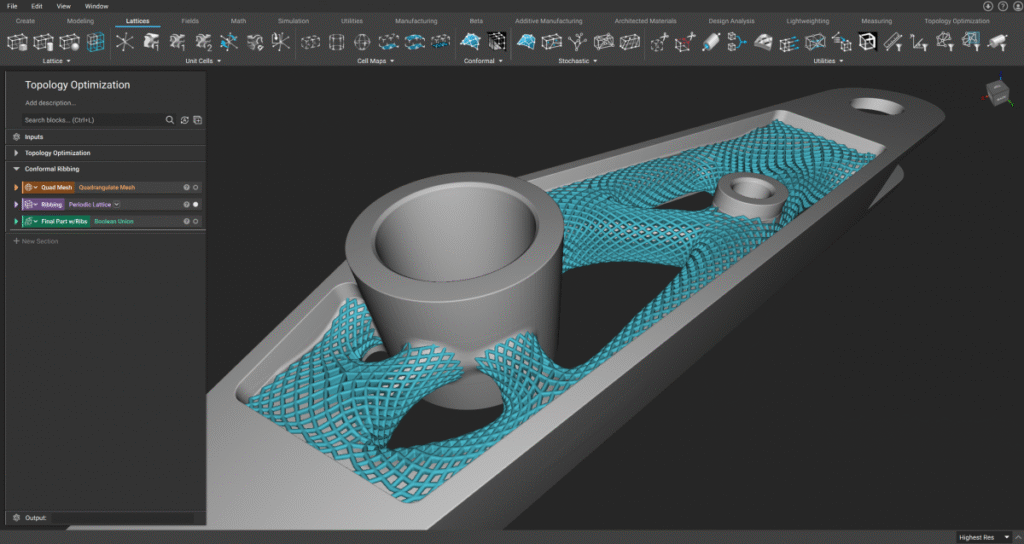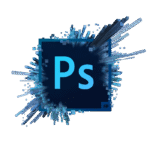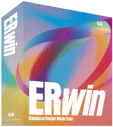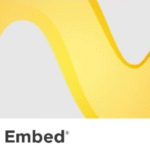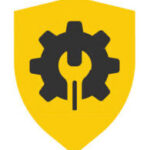In today’s world, engineering and product design are evolving quickly. Companies and designers need powerful tools that can handle complex designs, optimize performance, and save time. One such advanced tool is nTopology 2025.
nTopology is not just another 3D modeling software; it is a specialized platform created for engineers, designers, and manufacturers who want to build lightweight, high-performing, and innovative parts. Whether it’s aerospace, automotive, medical, or industrial design, nTopology is being used worldwide for next-generation engineering.
In this guide, we’ll walk you through everything about nTopology 2025—its overview, features, technical details, system requirements, and download options. Don’t worry, I’ll keep it simple and easy to follow.
nTopology 2025 Overview
nTopology 2025 is advanced engineering design software that focuses on performance-driven design. Unlike traditional CAD (Computer-Aided Design) tools, nTopology is based on a field-driven design system. This means instead of only working with surfaces and sketches, it allows engineers to control shapes, geometry, and performance parameters using mathematical fields.
This approach makes nTopology very powerful for industries that need lightweight yet strong parts, such as aerospace, medical implants, automotive parts, and consumer products. It is especially popular for 3D printing and additive manufacturing because it can easily create complex lattice structures and optimized shapes that are impossible with traditional design tools.
Another great thing about nTopology 2025 is that it is flexible. You can create designs from scratch, edit existing CAD models, or even import simulation data to refine your parts. It’s built for modern engineering needs.
In short, nTopology 2025 is a revolutionary design platform that combines engineering, simulation, and manufacturing in one place.
nTopology 2025 Features
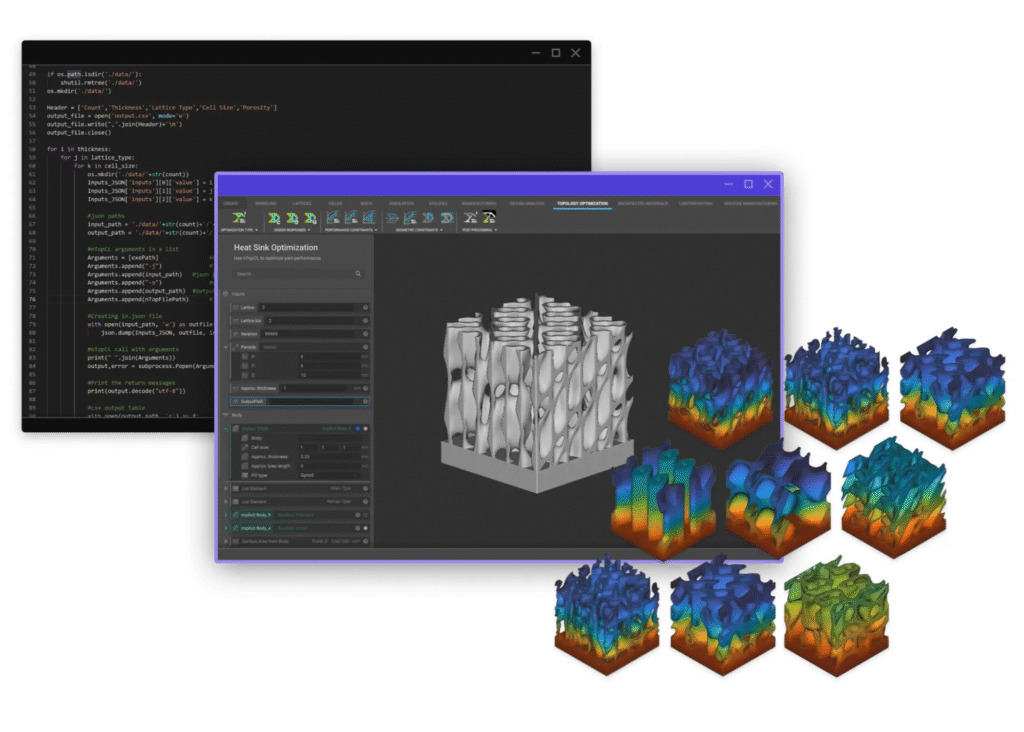
nTopology 2025 comes with a wide range of powerful features. Here’s a breakdown in simple wording:
- Generative Design Tools – The software helps you create optimized designs automatically, based on rules and performance requirements. Instead of drawing every detail manually, you can let the system generate complex structures for you.
- Lattice and Lightweight Structures – nTopology is famous for its ability to design advanced lattice structures. These are lightweight but very strong, making them perfect for aerospace and medical implants.
- Simulation Integration – You can bring in simulation data (like stress or heat maps) and use it to guide the design. For example, the software can make certain areas thicker or stronger depending on real-world needs.
- Additive Manufacturing Support – Since it’s designed with 3D printing in mind, nTopology ensures that your parts are ready for manufacturing without errors. It creates designs that are optimized for additive processes.
- Parametric and Field-Driven Design – Instead of just shapes, nTopology lets you control design elements with mathematical fields. This gives you more freedom to experiment and innovate.
- Customization and Automation – You can build workflows that automate repetitive design tasks. This saves time and ensures consistency across multiple projects.
- High Performance – Even when working with extremely complex designs, nTopology is built to handle them smoothly. It doesn’t slow down like many traditional CAD tools.
- Easy Collaboration – The software allows you to share design workflows with your team, making it easier for engineers to collaborate on projects.
Overall, the features of nTopology 2025 make it a must-have tool for modern engineers who want speed, precision, and innovation in their designs.
nTopology 2025 Technical Setup Details

Before installing, it’s good to know what the setup looks like. Here are the technical details of the software:
- Software Name: nTopology 2025
- Setup Type: Installer package (EXE for Windows)
- Setup Size: A few gigabytes (depends on included libraries and data)
- License: Paid software, but trial versions are available
- Developer: nTopology Inc.
- Latest Release: 2025 edition with improved performance, new tools, and better stability
These details give you an idea of what to expect when you download the software.
System Requirements for nTopology 2025
To run nTopology smoothly, your computer should meet the following system requirements:
- Operating System: Windows 10 or Windows 11 (64-bit only)
- Processor: Multi-core processor (Intel i7 or AMD Ryzen 7 and above recommended)
- RAM: Minimum 16 GB, but 32 GB or more is recommended for heavy projects
- Graphics Card: Dedicated GPU with at least 4 GB VRAM (NVIDIA recommended for CUDA support)
- Hard Disk Space: At least 10 GB of free space for installation and project files
- Display Resolution: 1920 x 1080 or higher
If you have a strong workstation, nTopology will run very smoothly. For weaker PCs, it may still work, but performance might drop when dealing with very large or complex designs.
nTopology 2025 Free Download
Now, the big question: can you download nTopology 2025 for free?
Since nTopology is professional paid software, the official way to get it is by purchasing a license from the developer. However, if you want to try it before buying, you can download a trial version from the official nTopology website. The trial lets you test all the main features for a limited time.
Be careful about downloading from unofficial or cracked sources. These are unsafe and may harm your computer with viruses or malware. Plus, they are illegal and often don’t work properly.
If you’re a student or researcher, nTopology also offers academic discounts and educational licenses. This is a safe way to use the software legally at a lower cost.
So, while a free full version isn’t available, you can still test the software with the trial or discounted versions.
Why Engineers Choose nTopology 2025
- It’s designed for modern engineering challenges, not just basic 3D modeling.
- It saves time with generative and automated workflows.
- It creates designs that are lighter, stronger, and ready for manufacturing.
- It integrates smoothly with simulation and additive manufacturing.
- It is trusted by aerospace, automotive, and medical industries worldwide.

